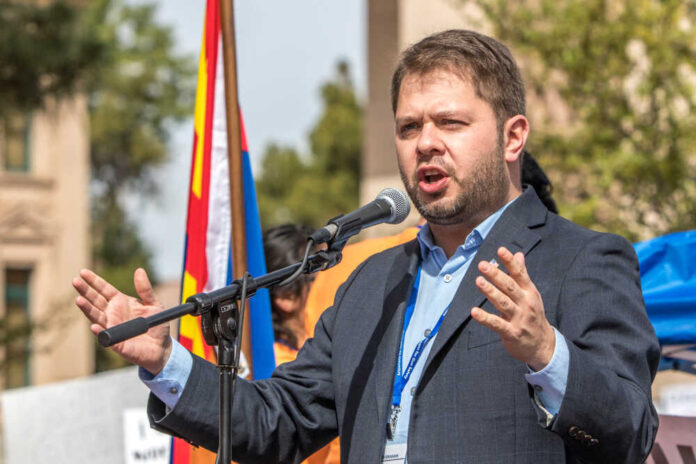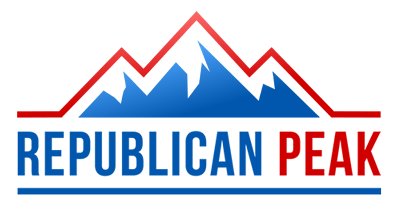
In preparation for the next election, the Congressional Hispanic Caucus (CHC) is teaming up with Arizona, Florida, and Texas grassroots groups to rally voters.
On Thursday, Bold PAC will debut the effort, highlighting its target three states with pivotal House elections.
The CHC’s political action committee aims to recruit more members. Unlike other formal party committees, it can successfully engage the Hispanic electorate because of its focus on this demographic.
Especially in crucial battleground states like Arizona, which has a sizable Latino population, the group’s attempts to boost voter participation may make a big difference in the presidential campaign.
At the kickoff, Bold PAC will highlight three states with Senate elections that they think are worth watching. The CHC may be able to increase its upper chamber presence in two of these instances.
Chair Rep. Ruben Gallego (D-Ariz.) is running against retiring independent Senator Kyrsten Sinema in Arizona, and Bold PAC is teaming up with LUCHA to help him win. Kari Lake, previously nominated for governor by the Republican Party, will oppose Gallego.
If the CHC wants to keep or gain one more Senate seat, it has to take advantage of the next campaign. Several Democratic senators, including Alex Padilla of California, Cortez Masto of California, and Ben Ray Luján of New Mexico, have announced they would not seek reelection. Amid several corruption charges and related prosecutions, Senator Bob Menendez of New Jersey has also opted not to seek the Democratic nomination for his seat.
Latino voter participation in Florida is another area of emphasis for Bold PAC. Sen. Rick Scott (R-FL) is a formidable opponent against former Democratic Rep. Debbie Mucarsel-Powell. Another Republican senator who may be in danger of losing his seat is Ted Cruz of Texas.
Several Texas House contests with significant implications for chamber makeup will be Bold PAC’s principal targets in the Lone Star State. In the Rio Grande Valley, for example, Latinos are more likely to cast ballots in the November elections because of the high level of competition in these races; however, in May, when people are more involved in local elections like those for school boards, voter participation is typically higher in that area. However, strategic mobilization efforts and the rise of competitive House elections suggest that voting habits may be shifting.














